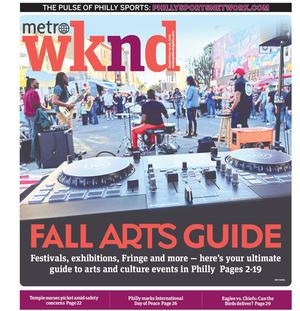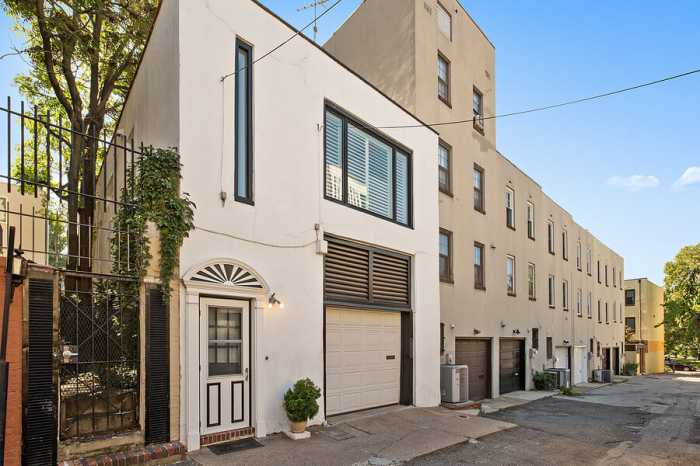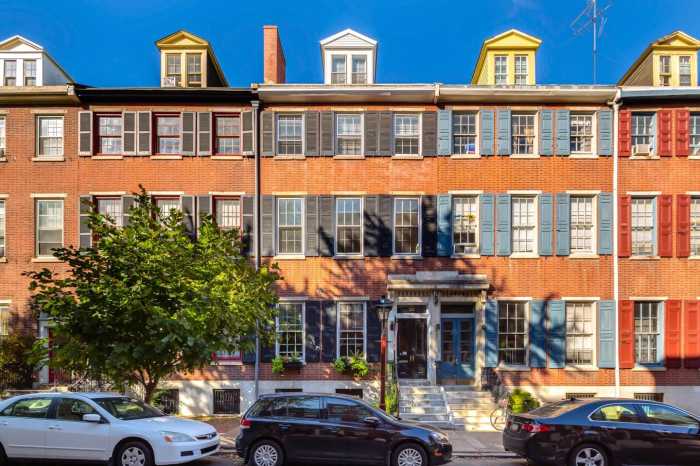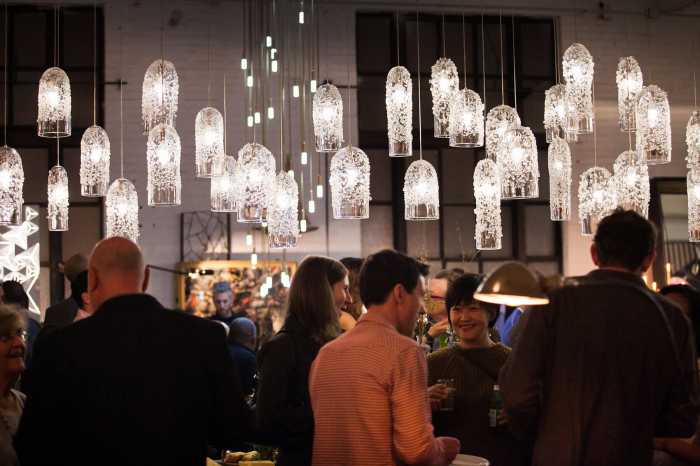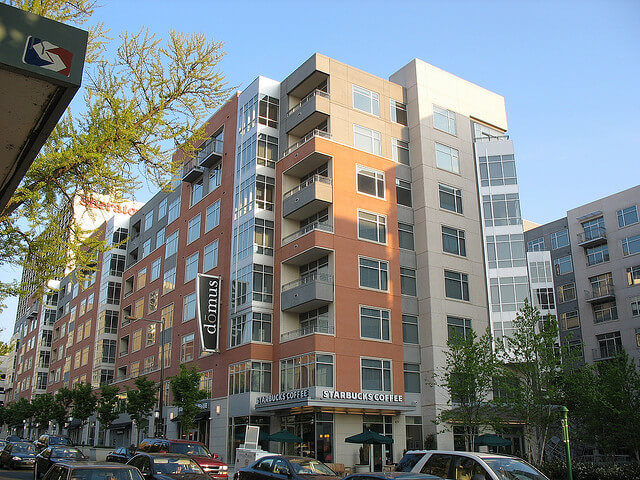We’ve seen an increase in new residential development in West Philadelphia over the last few years, and it doesn’t look to be slowing down.
Take, for example, the under-construction 3737 Chestnut: almost 300 units stacked 25 stories high. Modular homes have gone up at 46th and Sansom, and there are two big proposals in the works nearby: one from Orens Brothers Real Estate — in the early stages and awaiting approval — for development at 44th and Chestnut and one for 132 apartments across from Clark Park at 43rd Street and Baltimore Avenue. Barry Grossbach, zoning chair of the Spruce Hill Community Association, explains that the vision for 43rd Street and Baltimore Avenue required three years of city planning and development. So it may also be a while before we see the Orens Brothers project break ground. But even though these projects can be slow to get off the ground, developers think they’re worth it. Creating a demand
“Philadelphia has a lot of development opportunity. We see this in Brewerytown. We see this in Point Breeze, and we see this in the Fishtown and Kensington areas,” explains Scott Li, founder of RealtyTopia. “West Philly is another up-and-coming neighborhood, and whatOrens Brothers is doing makes sense. You have nearby colleges that will always create a demand for student housing and a student lifestyle nearby.” Scott Orens, partner at Orens Brothers Real Estate, agrees with that assessment. “All the development in Center City, particularly those near the universities, makes this development a natural path.” There’s allure for students and professionals alike. “People find it to be a desirable area,” explains Grossbach. “Not just empty nesters but a growing contingent of Millennials who stay after school or see Philadelphia as a place to find work at a bargain price compared to other East Coast cities,” he says. And with an influx of Millennials comes the need for more nightlife, entertainment and retail in the area.
Past vs. future
Change garners mixed reactions. “There are always going to be folks that feel the character of the neighborhood is changed by development,” Grossbach says. “[There is] a certain architectural housing style that’ll be compromised. But there’s a general feeling that you can’t re-create the past. If you have a big lot, you don’t build a set of twins that look like they were there for a century — it doesn’t work.”
New apartments popping up in West Philadelphia
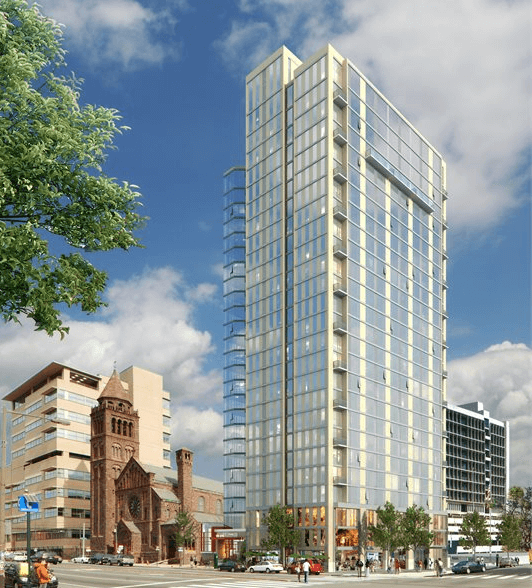
Radnor Property Group LLC
